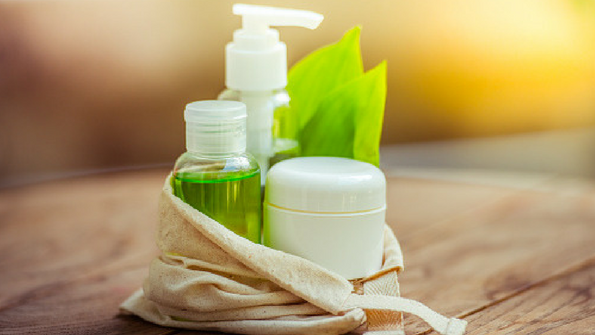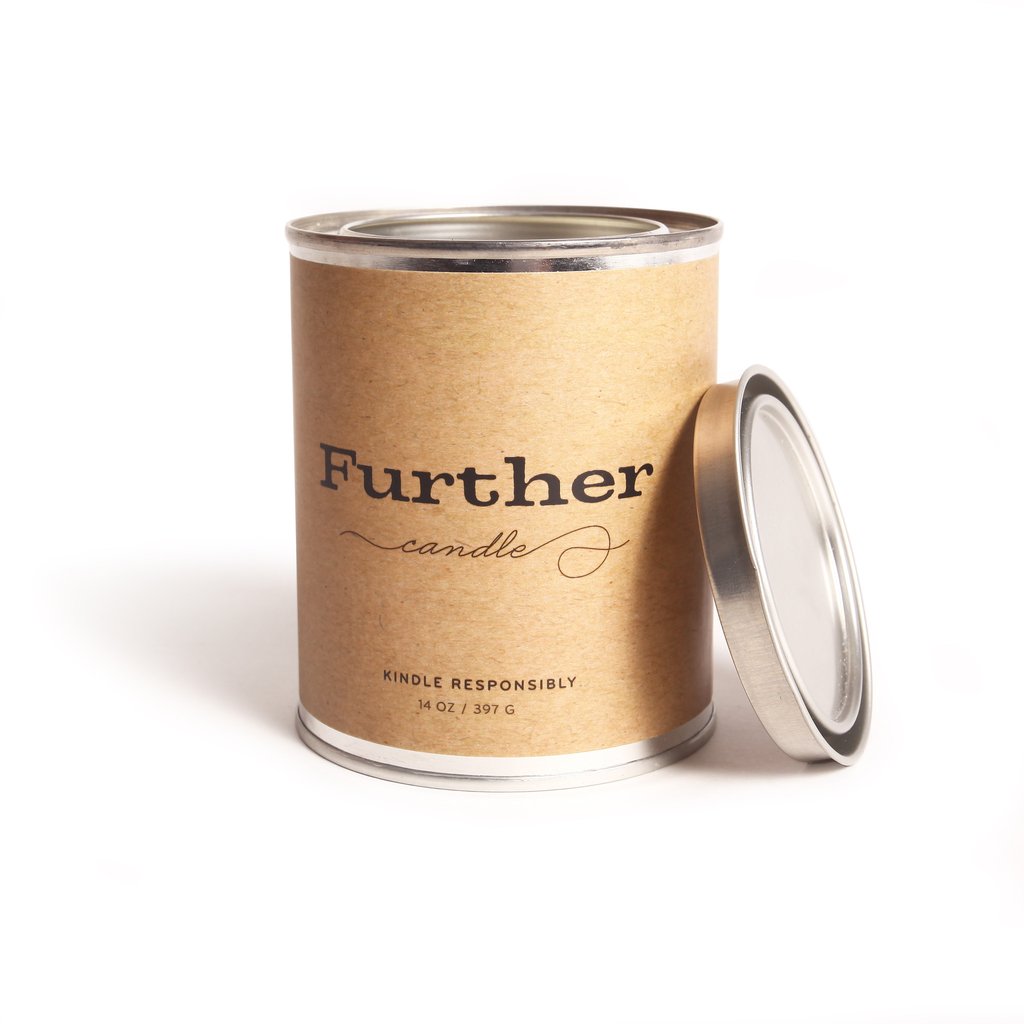
An increasing number of beauty companies are employing potentially wasted ingredients to redefine “green.”
No longer just a food movement, repurposed plants are showing up in everything from soap to face cream, pulling inspiration from ancient traditions and leveraging modern science.
These six companies are striving to reduce their ecological footprint.

Ingredients reimagined

For forward-thinking soap company Further Products, waste equals opportunity. Like so many natural companies, its story starts in a garage, where cofounders Marshall and Megan Dostal were converting depleted waste grease from local restaurants into biofuel. They soon realized that what was still left behind was a key beauty ingredient: glycerin, which they could use to make soap.
The Dostals now represent a growing movement to leave no waste behind—and have created a line of high-quality soaps in luscious scents such as bergamot, olives and grasses, which could be just the beginning for products using otherwise wasted ingredients.
Repurposing waste for beauty

 Meanwhile, large-scale initiatives across the globe strive to prove the scalability of repurposing waste for beauty. The European BioRice Project, for example, took shape to explore how rice byproducts can be used for the beauty industry. Other organizations, including FoodSolutions Team and Phytonext, are repurposing a range of vegetable wastes using green chemistry methods.
Meanwhile, large-scale initiatives across the globe strive to prove the scalability of repurposing waste for beauty. The European BioRice Project, for example, took shape to explore how rice byproducts can be used for the beauty industry. Other organizations, including FoodSolutions Team and Phytonext, are repurposing a range of vegetable wastes using green chemistry methods.

As for what you’ll see in products today: Grapevine and grapeseed ingredients contain potent antiaging properties, and companies are partnering with other grape-based product industries to avoid unnecessary waste.
Thinking outside the box: innovative packaging

Another very important part of the waste-less equation is packaging.
“Petroleum-based plastics are being phased out by new alternatives that enrich instead of exploit the planet,” says Shelke. Organic Essence, a clean-beauty and green-packaging company, is even looking beyond one of the most common biodegradable packaging materials, polylactic acid (PLA)—a plastic often made from cornstarch. “We thought about what sustainability meant and how to actualize genuine sustainable packaging,” says Organic Essence President Ellery West. “Our answer is that sustainability supports life, not interferes with it, so substances that directly come from the life cycle and return to life, such as paper, are a no-brainer.”
Noticing certain issues with PLA, such as leakage and the potential use of chemical ingredients, he focused on paper as the solution. “With the advent of the plastic-packaging revolution in the ’60s, paper-packaging development has largely been neglected over the last 50 years,” he says. Although his paper-based packaging is still pricier than plastic chemicals, “our goal is to make our packages approach the cost of plastic, and when that occurs, we should see widespread adoption.”
What does the future hold for green beauty?
 For John Warner, president of the Warner Babcock Institute, a green chemistry–based “innovation factory,” the greatest opportunity of all is discovering—or creating—new ingredients from green chemistry that address processes and transformations happening naturally in the body. “My research is trying to find processes going on in our body that for whatever reason aren’t doing what we want,” Warner says. Then instead of forcing the body to do something that it doesn’t want to do, he facilitates chemistry that restores or puts back something diminished by aging, environmental damage or depletion.
For John Warner, president of the Warner Babcock Institute, a green chemistry–based “innovation factory,” the greatest opportunity of all is discovering—or creating—new ingredients from green chemistry that address processes and transformations happening naturally in the body. “My research is trying to find processes going on in our body that for whatever reason aren’t doing what we want,” Warner says. Then instead of forcing the body to do something that it doesn’t want to do, he facilitates chemistry that restores or puts back something diminished by aging, environmental damage or depletion.
One example is Warner’s latest invention, a hair-coloring product made from a clean chemical formulation that returns hair color back to its original color, rather than “dying” it.
Other categories where you can expect to see more innovation (and that continue to be points of concern for green beauty enthusiasts) include green preservatives and emulsifiers that work as well as their chemical counterparts.